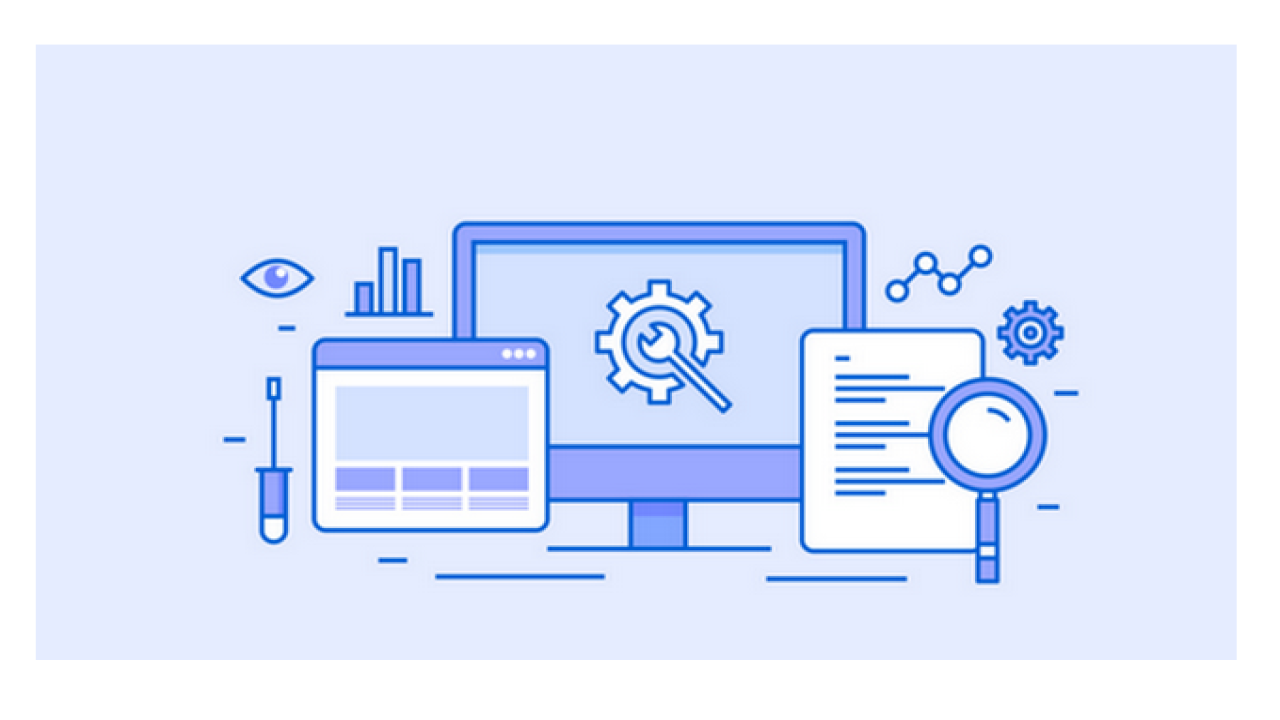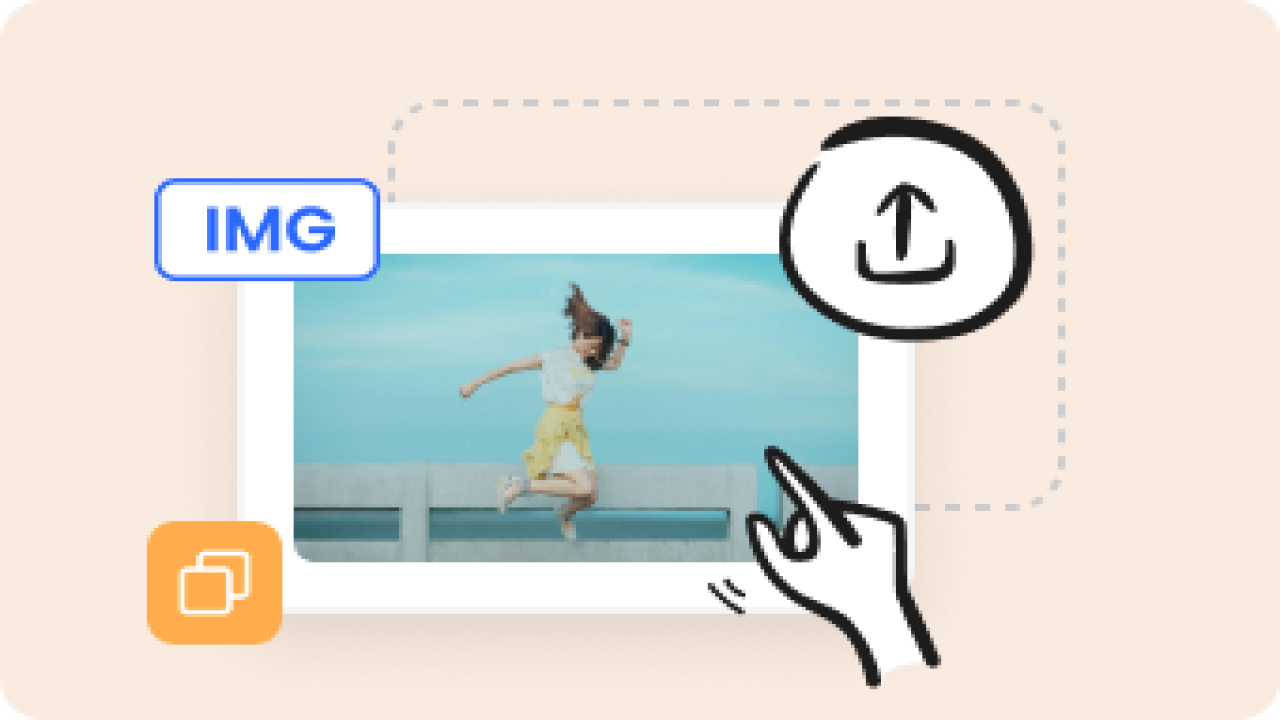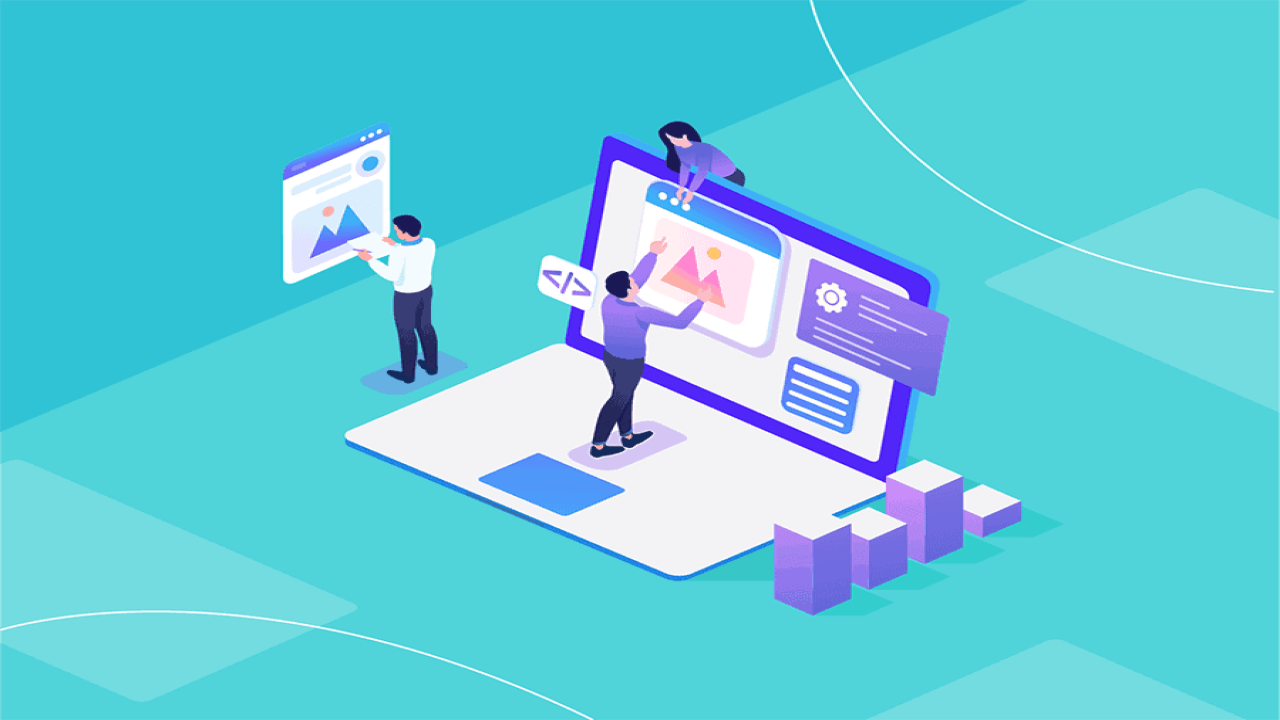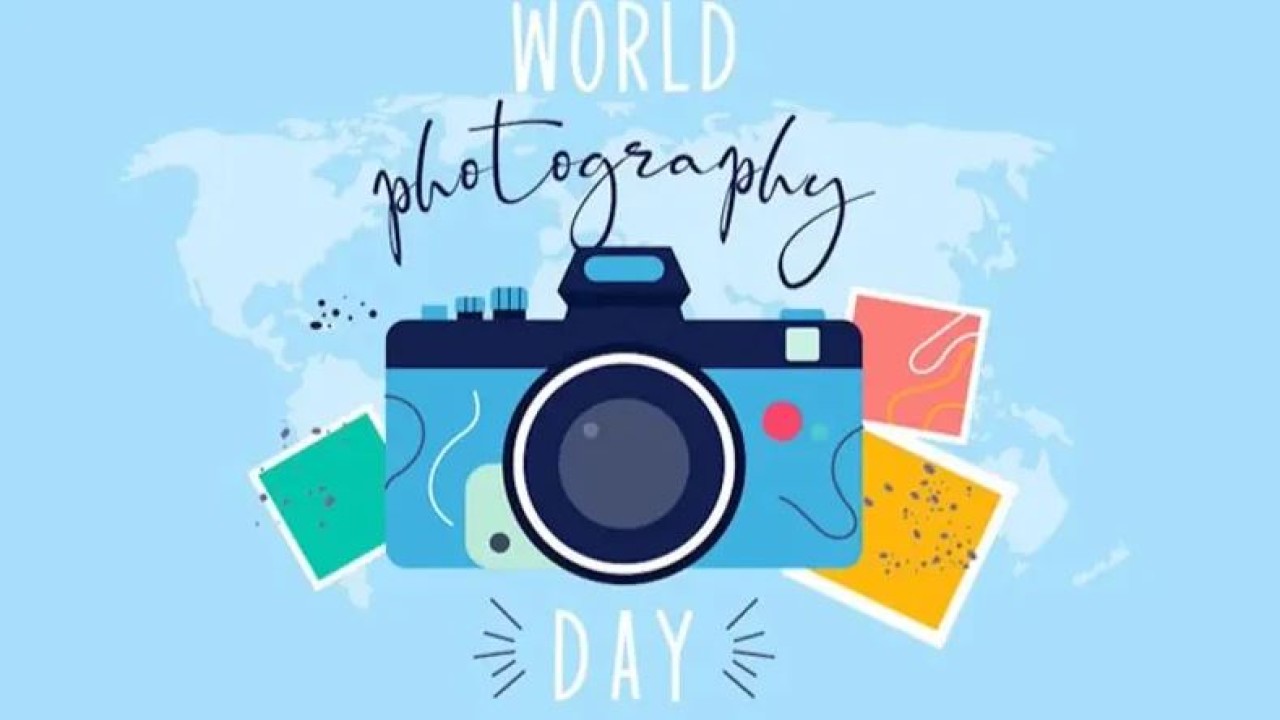What is a Blog Images Generator?
What is a Blog Images Generator?
Blog images generators are AI-powered tools designed to create images that enhance the visual appeal of blog posts. These tools leverage artificial intelligence to analyze content and generate relevant, high-quality images that align with the topic or theme of the post. Unlike traditional image searches or stock photos, blog images generators use algorithms to craft unique visuals based on the input provided, which can be particularly useful for bloggers seeking specific or customized visuals.
By streamlining the image creation process, these tools help save time and effort while ensuring that the images produced are both relevant and engaging. To learn more about how AI is transforming content creation, check out this detailed article by HubSpot.
The Benefits of Using a Blog Images Generator
Using a blog images generator can significantly boost the quality and impact of blog posts. One major benefit is the ability to produce unique visuals that resonate with the content, which can help draw in readers and keep them engaged. Additionally, AI-generated images are optimized for digital use, often meeting the specifications for web performance, resolution, and file size.
Beyond aesthetic appeal, blog images generators can also aid in SEO by providing properly optimized visuals that contribute to better page load times and enhanced search engine rankings. For a comprehensive guide on the advantages of using AI in content marketing, refer to this resource by Neil Patel.
AI in Image Generation
Artificial intelligence has become a pivotal player in image generation, utilizing deep learning and neural networks to create realistic images. AI models like Generative Adversarial Networks (GANs) are trained on vast datasets to understand textures, patterns, and colors, allowing them to produce images that look natural and fit specific themes or styles.
AI in image generation offers the flexibility to modify images on the fly, adjust features, or even regenerate them entirely based on user input. For a deeper dive into the role of AI in image creation, take a look at this article by Forbes.
How Does a Blog Images Generator Work?
Blog images generators operate by analyzing the text or input provided and translating it into visual elements. These tools use algorithms to determine the colors, composition, and elements that best represent the given content, creating images tailored to specific themes or keywords.
1. Understanding the Process
AI-powered generators first analyze the input data to extract keywords and understand the context. They then use this data to generate images that align with the theme of the blog post.
2. Using a Blog Image Generator: A Step-by-Step Guide
To use a blog image generator, you typically begin by selecting a tool, inputting relevant keywords, and specifying the style or theme. The AI then processes this information and produces a range of images for selection.
3. Providing Context & Generating Images
By offering contextual information such as color preferences or themes, users can further refine the images produced. This step ensures that the visuals align well with the overall blog design and tone.
4. Previewing & Selecting Images
Once the AI has generated images, users can preview and select their preferred options. Many tools also offer customization features, enabling adjustments to elements like color, brightness, and composition.
For a more comprehensive breakdown of how AI image generation works, explore this resource by TechTarget.
Choosing the Right AI Image Tool For Blogs
When selecting an AI image generator for your blog, it’s important to consider factors such as cost, ease of use, and available customization options. Look for tools that offer a variety of templates, styles, and export formats to ensure they meet your blogging needs.
Factors to Consider When Selecting a Blog Image Generator Tool
Consider factors like AI capabilities, cost, ease of use, and integration options with blogging platforms. These elements can influence how effectively the tool fits into your content creation process.
Features to Look for in an AI-Powered Image Generator Tool For Blogging
Features such as customization options, integration with CMS platforms, and export options in different formats are essential. It's also valuable to choose tools that offer AI-driven suggestions for improving image relevance.
For a detailed comparison of the top AI image generator tools, you can refer to this guide by PCMag.
Optimizing Blog Images for SEO
Optimizing images for SEO involves techniques that help search engines understand and rank your images better. This can include optimizing image size, using descriptive alt text, and compressing images to improve loading times.
Importance of Image Size
Using the right image size helps reduce page load times and improves user experience. Resizing images to fit your blog layout while maintaining quality can positively impact your site's performance.
The Power of Alt Text and Descriptive Filenames
Alt text and filenames help search engines understand the content of your images, which can boost your blog’s SEO. Descriptive filenames and accurate alt text can significantly improve your image search rankings.
The Benefits of Image Compression
Image compression reduces file size without sacrificing quality, which is essential for faster page loads. Tools like TinyPNG and JPEG-Optimizer are popular choices for compression.
For an in-depth look at SEO optimization for images, check out this article from Moz.
Best Practices for Using AI-Generated Captions
Captions add context to images, helping readers understand their relevance to the content. AI can generate engaging captions based on keywords and themes.
Why Captions Matter
Captions provide additional context, making images more accessible and informative. They also contribute to SEO by incorporating keywords relevant to the blog post.
The Importance of Optimized Captions
Using keywords in captions can enhance SEO, while optimizing captions for readability ensures they enhance user engagement.
Using AI-Generated Captions
AI tools can automatically generate captions based on the image content, saving time and ensuring relevance. For tips on using AI-generated captions effectively, you can explore this resource by Content Marketing Institute.
Tips for Creating Engaging Captions with AI
To create engaging captions, ensure they are concise, relevant, and provide value. Use AI tools that allow customization so captions can be aligned with your content’s tone and style.







Comments (0)